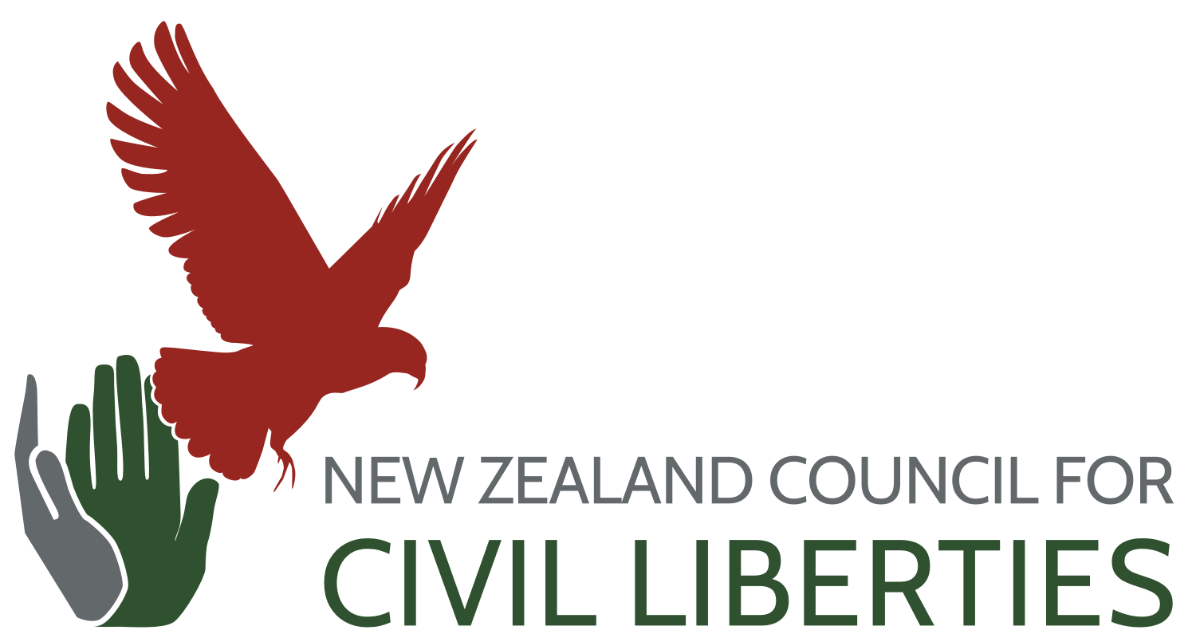Blog: Wide-ranging Content Regulation Review a threat to freedom of expression?
Personal blog entry from NZCCL chairperson Thomas Beagle.
The government’s Review of Content Regulation, in all its vast scope, is potentially the biggest threat to freedom of expression in New Zealand we’ve seen in years.
I participated in the initial engagement sessions and came away concerned that the Department of Internal Affairs have bitten off far more than they can chew. They have broad goals covering a very wide scope with little idea of what they’re trying to achieve and how they might do that. As such, the review is open to going in a number of different directions depending on who they listen to and what ideas take hold.
How big is it?
Firstly, they list the harms they want to address as being:
- people, particularly tamariki (children) and rangatahi (young people), experiencing trauma or feeling unsafe, isolated or marginalised
- communities being disadvantaged and discriminated against, including facing active hostility
- public processes and institutions losing the trust and confidence of society.
Secondly, to do this they’re looking at regulating ‘content’ which they describe as “we mean any material (for example video, audio, images or text) that is communicated or made publicly available, regardless of how it is made available.”
So it’s not just a review of the Films, Videos and Publications Classifications Act with a bit of media standards and Harmful Digital Communications Act thrown in. It’s all those and more. It covers television, radio, websites, how we use social media, user forums, advertising, music, films, books, posters, everything!
Potential problems
The review is still at an early stage but here are just a few of the potential problems with it:
- These are some complex and multi-faceted problems, but starting out by saying you’re going to address them with a “Regulatory System Review” shows that you’re already thinking of regulation as being the answer. It seems likely that many of these problems can be best addressed without government regulation, whereas for others like disinformation, it will be downright dangerous.
- They assume that all harm is bad and therefore stopping harm is good. Unfortunately what may be harmful for one person might be good for society, for example exposing wrongdoing. A more nuanced analysis is required.
- There appears to be a lack of recognition that a lot of internet content hosted overseas can’t be effectively blocked or controlled. Our ability to coerce the large internet content companies is also limited.
- The focus on “public processes and institutions losing the trust and confidence of society” is concerning. For a start, sometimes people lose faith in public institutions because those institutions are doing a poor job, and this can’t be addressed by content regulation in a free and democratic society. I believe they’re referring to the very real problem of disinformation, but I’m very wary of any government attempts to use regulation to determine truth and suppress alternative views.
Summing up
It’s not all bad news. The DIA is at least saying the right things about protecting freedom of expression and freedom of the press. In conversation they agreed that non-regulatory responses may be better for some of these issues. They’re trying to talk to a wide range of people to get their views.
But I question whether it’s possible to run such a wide-ranging review and come out with something worth doing at the end of it. While the idea of a clean-sweep often sounds appealing, maybe it makes more sense to concentrate on ameliorating the worst harms now.
With the intention to deliver a paper to cabinet at the beginning of 2022 and have high-level options for public feedback towards the end of 2022 there’s obviously still a lot to happen in this review. I recommend that anyone with an interest in freedom of expression should be keeping a watchful eye.
